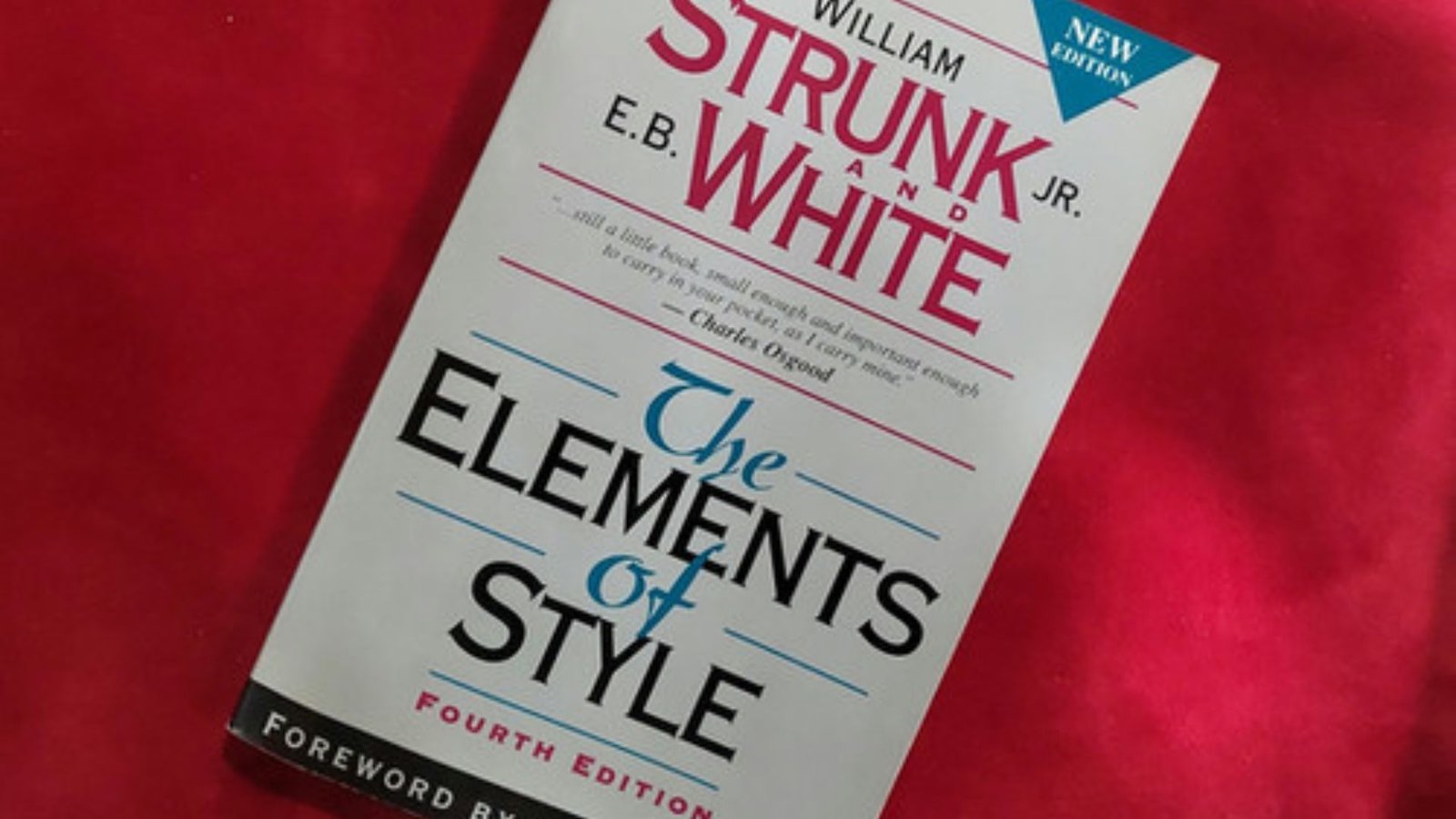Choosing books for a book club can be a fun yet challenging task. It’s important to pick titles that will engage all members and spark interesting discussions. Let’s give you some effective strategies for choosing books for a book club that will keep everyone excited and involved.
Tips for Choosing Books for a Book Club
1. Consider the Interests of the Group
When choosing books for a book club, it’s crucial to think about the interests of your members. Conduct a survey or discuss to find out what genres everyone enjoys. This ensures that the selected books will appeal to the majority and keep the meetings lively.

2. Rotate the Selection Responsibility
A great way to diversify your book choices is to rotate the responsibility of selecting a book among the members. This way, everyone gets a chance to pick a book, and you’ll likely get a wide variety of genres and authors.
3. Mix Up the Genres
Sticking to one genre can become monotonous. Try to include a mix of fiction, non-fiction, biographies, and even poetry. This variety can introduce members to new types of literature and keep the club meetings fresh and exciting.
4. Choose Books with Substance
When choosing books for a book club, go for titles that have depth and substance. Books that explore complex themes have well-developed characters, or present thought-provoking questions will fuel more engaging discussions.
5. Consider Book Length
Length is an important factor. Books that are too long may be daunting for some members, especially those with busy schedules.
6. Read Reviews and Recommendations
Check out book reviews and recommendations from trusted sources. Websites, blogs, and book clubs often have lists of suggested reads. These can be invaluable when you’re unsure about a book’s reception.
7. Think About Availability
Ensure that the book you choose is easily available in various formats such as hardcover, paperback, e-book, or audiobook. This accessibility ensures all members can get a copy without any hassle.
8. Opt for Award Winners and Bestsellers
Award-winning books and bestsellers are often safe bets. These books often provide plenty of material for discussion.
9. Consider the Time of the Year
The time of year can influence your choice. For instance, light and breezy reads might be more suitable for summer, while deeper, more complex books could be perfect for the winter months.
10. Look for Discussion Guides
Some books come with discussion guides that can help steer your book club conversations. These guides often include questions and themes to ponder, making it easier to facilitate discussions.
11. Pay Attention to Diversity
Incorporate books that offer diverse perspectives and experiences. This not only enriches the reading experience but also promotes understanding and empathy among members.
12. Take Risks Occasionally
While it’s good to choose books that are likely to be well-received, taking occasional risks can pay off. Select a book that’s outside the comfort zone of your members to stimulate new thoughts and conversations.
13. Revisit Classics
Don’t shy away from classics. These books have stood the test of time and often have rich content that can be analyzed and discussed in depth.
14. Incorporate Member Suggestions
Encourage members to suggest books. This inclusivity can make members feel valued and more engaged with the club. Collect suggestions periodically and vote on them.
15. Monitor the Club’s Feedback
After each meeting, gather feedback on the book. This will help you understand what works and what doesn’t, guiding future selections.
Conclusion
Choosing books for a book club requires thoughtful consideration and a bit of creativity. By understanding the interests of your group, mixing up genres, and considering factors like availability and book-length, you can ensure that your book club remains vibrant and enjoyable. Implement these strategies and watch your book club thrive with engaging and exciting reads.




